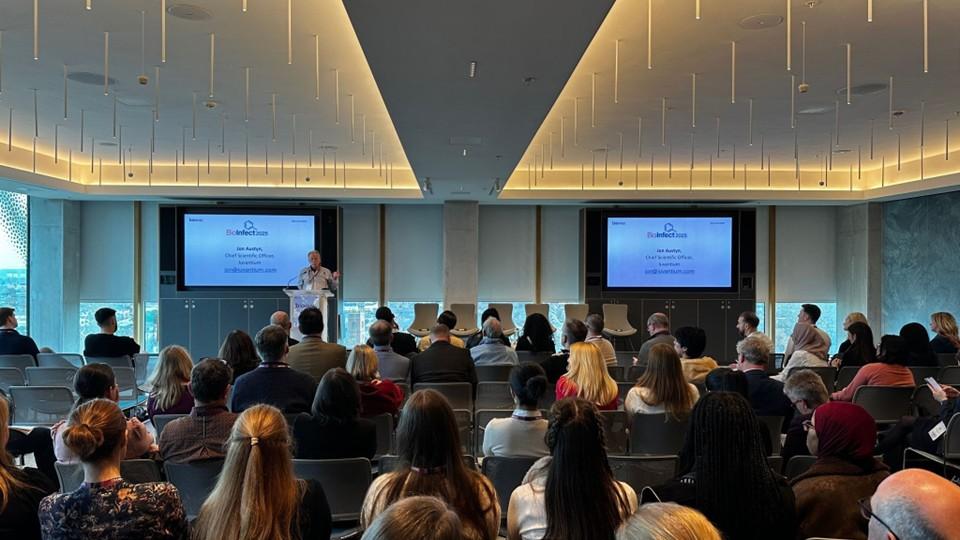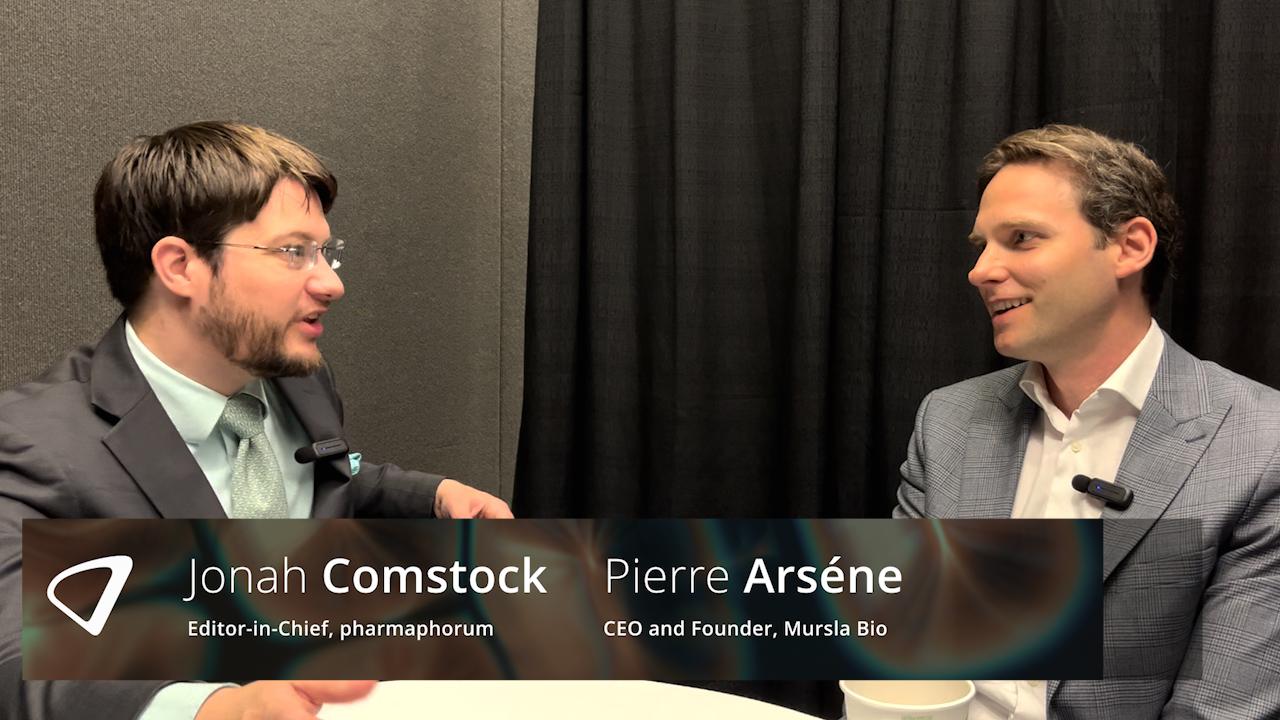WAIMO: What are IDEAs actually made of?

Mike Rea
IDEA Pharma
As this series draws to a close, it is interesting to think about what IDEAs are made of (I realise I just made a challengeable assumption there…), but the question any rational reader would pose is 'what do you mean by an IDEA? What makes an IDEA different from an idea?'
Well, dear rational reader, ideas are the small, creative thoughts that fly around a challenge, describing approaches, 'What Ifs' and creative solutions. Ideas are easy. Everyone in the room has one or more. Ideas turn into an IDEA when they acquire some 'possibility' - an edge that outlines something that could be launched. An IDEA is a product concept, a working hypothesis, a straw man, a prototype. An IDEA is built with Insight into Differentiation of a product next to Environment and Audiences. An idea sounds like "wouldn't it be great if we positioned this in first line instead of 3rd line?" An IDEA describes the 3-dimensional product that you'd launch in first line: its Value Proposition, its differentiation vs. direct and indirect competition, the segments, the sustainable position.
"Once you have that IDEA, you can weigh it, stress test it, evaluate it, make it better."
Once you have that IDEA, you can weigh it, stress test it, evaluate it, make it better. 'Possibility' is a wonderful concept - "what are the possible ways we could launch this product?" Possibility has degrees, all the way from 'impossible' to 'definite/ certain.' So, if an IDEA is evaluated for possibility, as well as desirability (in all its dimensions), you have a discipline to your approach.
Any mountain biking fan will know the story of the Clunkers, the bikes that the pioneers of offroad riding started throwing down mountains, breaking, improving, breaking again, improving once more… In the process, the bikes got better at what they were for, new markets were created, new sports invented… Same with IDEAs. If you find that IDEA doesn't stand up to the test of being a first line agent, you get a chance to see whether there is a fundamental flaw, or whether it is something that could be fixed (different regimen, different dose, different patient population, different price, different something…). You get to iterate your IDEA to make it better.
(The ever-watchful rational reader will spot something at this point: this is 'marketing' in the real sense, but it isn't marketing the way the industry has too often defined it. Pharma Marketing 1.0 would just keep telling riders that the bikes were fine as they are. Marketing, in the new world of pharma, would say "no, the world wants the bikes to do this: is there a way that we can change the product?" Everything written above and below this paragraph needs the whole of the product team to work together: regulatory, R&,D, commercial, manufacturing, legal…)
"The industry has too many processes already, but those processes often start with a flaw in the premise: that cranking a handle, 'running the process', will produce a desirable end result."
The industry has too many processes already, but those processes often start with a flaw in the premise: that cranking a handle, 'running the process', will produce a desirable end result. The emphasis has been on improving the recipe card, making it more detailed, more 'foolproof'. Unfortunately, that is the McDonalds approach to product: remove the variability of humans from the process so it ends up the same everywhere. That's fine if that's your goal (and you're working with school leavers). Indeed, it has been the result of the pre-launch/ innovation processes at almost every major pharma company in the past 20 years, to standardise the mediocrity. The industry has become better at filling things out than it has at actually putting quality into the strategy.
Consider the difference between an IDEA and a TPP. A TPP is a list of features - the industry then goes out and says 'what do you think of this list of features?' Consider doing that with an SUV, 20 years ago: would you like your car to have more driven wheels, less miles per gallon, higher ride height, etc. Or, allowing people to view it as a complete concept ('this, ladies and gentlemen, is an SUV') and then investigating how they might use it, how desirable it might be, whether people would be more influenced to buy one if there were more people who already had one..? Well, that is the way the SUV market began…
"Who wouldn't want to know that the IDEA in front of them was the best of several, rather than just the best that could be done with the starting point?"
There isn't a chef on the planet who can make something great with no choice of ingredients. Let a chef choose from five steaks or chicken or fish, let a coffee blender start with a choice of five different beans, and it will make a massive difference to the end product. It is the same with IDEAs. When you only have one option, you have no choice. Start with five IDEAs (five different things your product could be) and you have a choice. Who wouldn't want to know that the IDEA in front of them was the best of several, rather than just the best that could be done with the starting point?
An IDEA is what happens when an idea has to put up or shut up. An IDEA is made of your molecule and the product it could be, but the real value comes when it sits next to other IDEAs through the discipline of generating, evaluating, iterating and reevaluating, then making a decision upon, strategic options. That discipline of possibility is what IDEAs are made of...
About the author:
Mike Rea is a Principal with IDEA Pharma, who enjoys taking a look outside the industry to learn how it can think differently. For direct enquiries he can be contacted on mike.rea@ideapharma.com and for more information on IDEA Pharma please see http://www.ideapharma.com/what/default.htm.
What are ideas actually made of?











